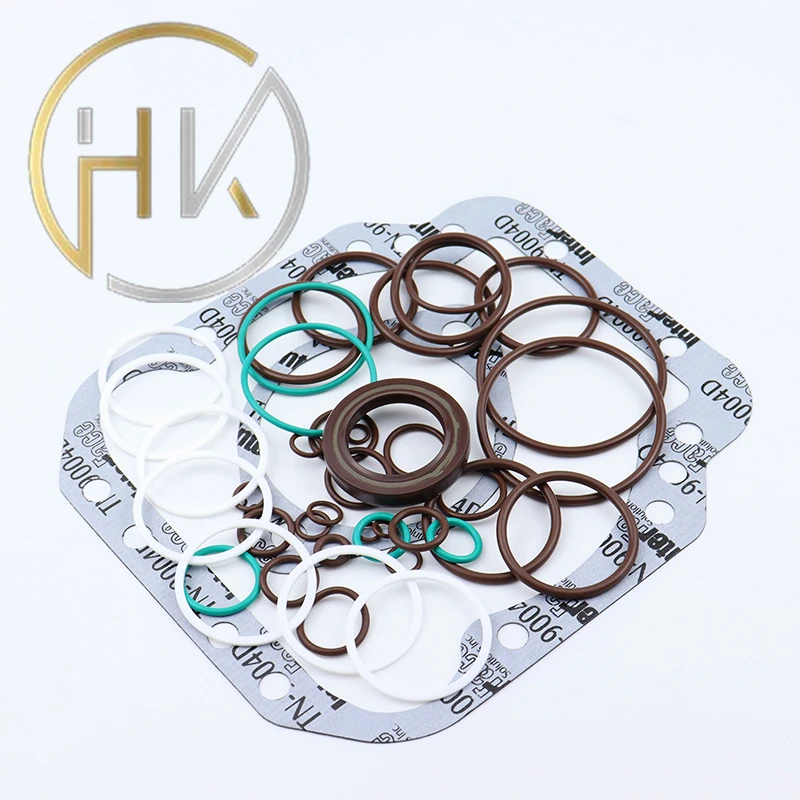Oct . 21, 2024 22:27 Back to list
Understanding Oil Seal Hubs for Effective Machinery Performance and Maintenance Practices
Understanding Oil Seal Hubs A Vital Component in Mechanical Systems
In the realm of mechanical engineering and automotive design, the importance of various components can hardly be overstated. Among these, the oil seal hub stands out as a vital element that plays a crucial role in ensuring the efficiency and longevity of machinery and vehicles. This article aims to delve into the intricacies of oil seal hubs, highlighting their function, types, applications, and maintenance considerations.
What is an Oil Seal Hub?
An oil seal hub is essentially a sealing device that helps prevent the leakage of lubricants and fluids within a mechanical assembly. It typically consists of a metal casing that houses a flexible sealing element, which is usually made from rubber or another elastomeric material. The main purpose of an oil seal is to maintain the integrity of the sealed environment, preventing dirt, debris, and contaminants from entering and ensuring that the internal lubricants do not escape.
Functionality
The primary function of an oil seal hub is to provide a reliable barrier against leakage. In many mechanical systems, particularly in engines and gearboxes, lubrication is vital for reducing friction and wear between moving parts. An oil seal hub aids in maintaining the correct level of lubricant while preventing any undesired external substances from interfering with the operational efficiency of the system.
Additionally, oil seal hubs help manage pressure fluctuations within the assembly. They assist in maintaining the internal air pressure, which is crucial for the proper functioning of various components. This is especially important in high-performance engines and heavy machinery, where the operational demands are significantly higher.
Types of Oil Seal Hubs
There are several different types of oil seal hubs, each designed for specific applications and requirements. Some of the most common types include
1. Single Lip Oil Seals These are the simplest form of oil seals, featuring one sealing lip that contacts the shaft. They are commonly used in low-pressure applications.
2. Double Lip Oil Seals These seals have two lips to provide an extra layer of protection against contaminants. They are typically used in more demanding environments where more complex sealing is required.
oil seal hub

3. Spring-Loaded Oil Seals Featuring a spring mechanism that enhances the sealing force, these seals are ideal for high-speed applications where maintaining the sealing pressure is critical.
4. Rotary Oil Seals Designed for rotating shafts, these seals are critical in applications such as pumps and motors, where they provide a durable and reliable seal.
5. Custom Oil Seals For specialized applications, custom oil seals can be engineered to meet specific requirements, including varying size, material, and design.
Applications of Oil Seal Hubs
Oil seal hubs are extensively used in various industries, including automotive, aerospace, manufacturing, and marine. In automotive systems, for instance, oil seals are essential in engine assemblies, differentials, and transmissions. They help maintain the efficiency of these systems and prolong their lifespan.
In aerospace, the reliability of oil seals is paramount due to the high-stakes nature of flight operations. Here, oil seals are used in engines, hydraulic systems, and landing gear mechanisms.
Maintenance Considerations
While oil seal hubs are designed for durability, they are not immune to wear and tear. Regular maintenance checks are crucial to ensure that these seals are functioning optimally. Signs of sealing failure can include oil leaks, noise from the assembly, or the presence of contaminants in the lubricant.
When conducting maintenance, it’s important to inspect the seal for any cracks, hardening, or distortion. If any damage is detected, replacing the oil seal hub promptly is advisable to avoid further complications.
Conclusion
In summary, oil seal hubs serve a fundamental role in maintaining the integrity and efficiency of mechanical systems across various industries. Understanding their function, types, applications, and necessary maintenance can greatly enhance the reliability of both machinery and vehicles. By ensuring that oil seal hubs are kept in optimal condition, engineers and technicians can help extend the lifespan of their equipment, ensuring smooth and efficient operation for years to come.
-
TCN Oil Seal Metal Ring Reinforcement for Heavy Machinery
NewsJul.25,2025
-
Rotary Lip Seal Spring-Loaded Design for High-Speed Applications
NewsJul.25,2025
-
Hydraulic Cylinder Seals Polyurethane Material for High-Impact Jobs
NewsJul.25,2025
-
High Pressure Oil Seal Polyurethane Coating Wear Resistance
NewsJul.25,2025
-
Dust Proof Seal Double Lip Design for Construction Equipment
NewsJul.25,2025
-
Hub Seal Polyurethane Wear Resistance in Agricultural Vehicles
NewsJul.25,2025
-
The Trans-formative Journey of Wheel Hub Oil Seals
NewsJun.06,2025
Products categories
















